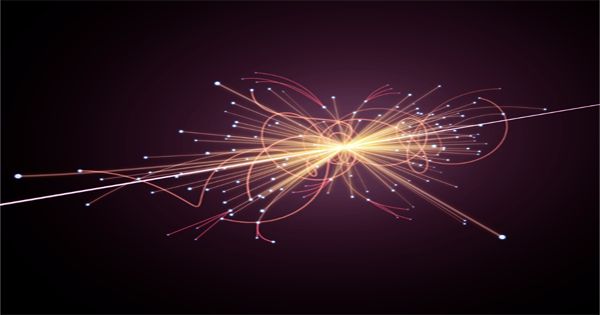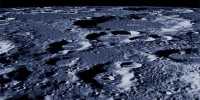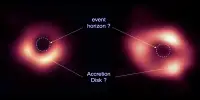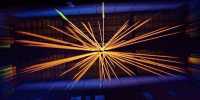We see the limitations of leading theories, so scientists look at the rarity of events to investigate what is beyond our current comprehension, more and more. Over the last 100 years, particle physics has pushed our understanding of the natural world wider and deeper.
There is a certain particle decay that occurs in one moment for every trillion, among them. The particle in question is known as kaons. When protons and neutrons are made up of three quarks in the center of an atom, the cohorts are made up of two. These particles are made in the skin but in the form of cosmic rays we are talking and they are raining on all of us. Physicists are particularly interested in these kaons because the alarming little particles have been caught in violation of several physics preservation laws – and it’s always exciting.
The team actually observed this extremely rare kaons decay, where kaons turned into a peon (particles of the other two quarks) and two neutrinos. It was hoped that some of the effects of foreign physics would become apparent in an extremely rare decision. The NA62 test at CERN saw exactly that and they now report two years of valuable data analysis. The team has identified 1 detected in these special events in the Trillion kaon erosion. The results were measured with 30 percent accuracy and are largely consistent with the standard model of particle physics.
Professor Cristina Lazzeroni, a particle physicist at the University of Birmingham and spokeswoman for NA62, said in a statement that it was “very difficult” for scientists looking for new physics to make and hold true promises. “This kaon erosion process is called the “gold channel” because of the combination of both the very rare and the one predicted in the standard model.
“For the first time, we have been able to find important experimental evidence for this erosion process. This is an exciting moment, as it is a fundamental step towards capturing accurate measurements of erosion and identifying potential deviations from the standard model. “
Larger data sets will push optimistic accuracy to about 10 percent. At present, it is unknown whether this will be enough to detect any deviation from the standard model, but researchers are already working on ways to further that subtlety and capture more glimpses of what is beyond our physics theories. The collaboration is planning to collect more data from next year to 2024. The test is being upgraded and more data will be available.















